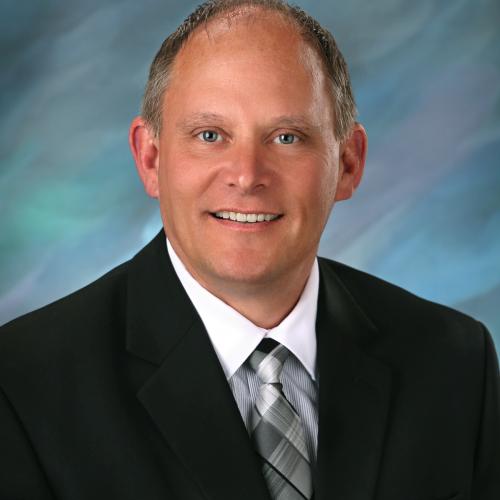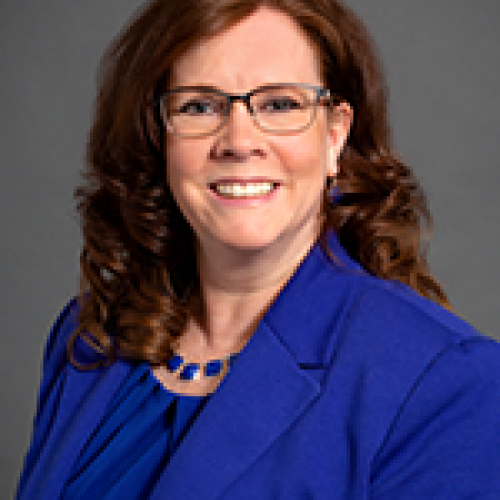Not to be confused with the Hospital to Home program for readmission prevention, the Hospital at Home waiver (aka Hospitals without Walls), introduced by the Centers for Medicare & Medicaid Services (CMS), is a concept introduced to address surge capacity by providing acute-care services in the home setting. To assist the nation in dealing with COVID-19, CMS unveiled the program in March 2020 to allow hospitals to transfer patients to outside facilities while still receiving payments under Medicare fee-for-service (FFS) guidelines. This allowed for greater flexibility of hospital sites and treatment centers to include non-traditional locations. After the success of this program, in November 2020, CMS introduced the Acute Hospital Care at Home program to permit treatment of approximately 60 different medical conditions, such as asthma, congestive heart failure, and pneumonia, to be managed from the patient’s home.
To obtain approval for this program, hospitals must apply for the waiver through CMS. Hospitals will need to ensure 24/7 availability, and in-home nursing services will be evaluated by CMS to determine if applicants are reasonable candidates. All patients referred to this program must come through the emergency room or inpatient hospital setting. Patients must be screened for medical and environmental factors to ensure that they qualify for enrollment. A registered nurse (RN) must evaluate the patient once daily in person or remotely, and two in-person visits must occur daily by either an RN or paramedic. CMS requires that participating hospitals provide monthly reporting measures, which include patient volumes, escalation rates, mortality, safety metrics, and patient lists.
To date there are 56 health systems and 129 hospitals in 30 states that are providing such services. Although this program is slowly growing, many health systems across the country are still unaware of Hospital at Home’s existence – or how to even get the program going. During the middle of the pandemic, it may have been a difficult time to consider how to build such an innovative concept. Granted, the telehealth movement went ahead with full force, but many health systems had years to prepare for telehealth and were just waiting for the payment structure to open the doors to care delivery. But sending patients home after they come in to the emergency department and are hospitalized, instead of keeping them in the hospital, is a whole new construct. Which team members need to be involved? How do you assess which patients are appropriate to include? What are the risks? How do you get the proper equipment? Where are the nurses or paramedics who will care for these patients? There are so many pieces to put in place, which may seem like more work than some health systems are ready for. However, if you are with any hospital that has difficulty with full beds, peak hours, or throughput, this is really the answer. If you are with any health system that is in a value-based arrangement, this is an opportunity to reduce cost of care.
In talking with health systems that have figured out how to make this work, a key point identified is that any entity considering it will need clear physician buy-in, support, and understanding for how the program benefits the patient and the hospital, especially during hospital surge capacity scenarios. Physicians will need care pathways for appropriate patient referrals from the emergency room, with clear directions on who to call and what can and cannot be managed in the home. Physicians will then be responsible for providing telehealth to the patients as their home turns into a virtual nursing unit.
Case management has been pulled into many programs across the country to provide the environmental and psychosocial assessment and management. To be considered appropriate, patients must live in a supportive and clean environment that allows for medical treatment and nursing visits. Once determined appropriate, the patient is then transferred back to their home and arrangements are made, typically through a third-party company, to provide the needed equipment, medication, and home supplies for treatment. Necessary testing and treatment is completed either in person or via telehealth from the medical team. Once the patient has completed acute treatment, they are discharged from the program (although already home), and returned to the care of their primary care provider.
Although a new concept and easily reimbursable under the FFS structure with CMS, Johns Hopkins has been providing this service since 2015, and Presbyterian Hospital in New Mexico has been providing it since 2008 under its own health plan. However, like telehealth, with CMS opening the payment model, health systems have started to see program benefits to treating and managing patients in the comfort of their own homes – and at a significant cost savings.
Still in its infancy, this program offers the ability to maximize bed capacity at a reduced cost, leveraging both FFS and value-based gains.







